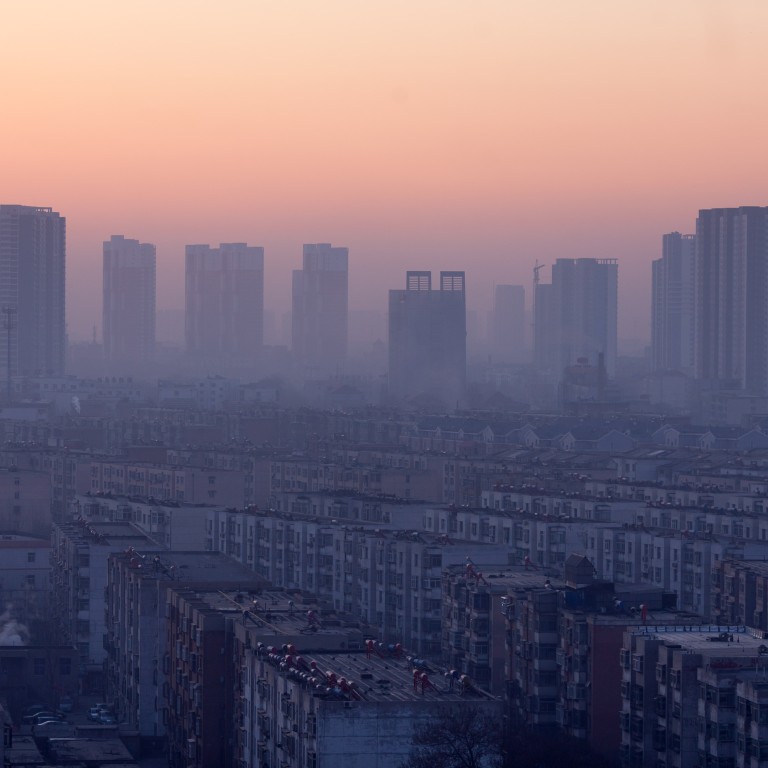
To cut smog, Hebei turns to neighbours
The province is working with Beijing and Tianjin to devise solutions to clean up the region's notorious air pollution
Hebei is pushing forward with research on how to reduce pollution in the northern province, including possibly through a joint-effort with neighbours Beijing and Tianjin to limit the number of days that cars can be on the road.
The central government has designated the urban cluster as a key area for clean-up efforts. But it also wants the three areas to integrate better, and the National Development and Reform Commission is expected to release the relevant draft policies by June.
As part of the reorganisation, Beijing is pushing polluting companies out the capital, and underdeveloped Hebei is generally eager to host them.
Yin Guangping, deputy chief of the provincial Environmental Protection Department, told the Beijing Times authorities had been meeting regularly with their counterparts in Beijing and Tianjin to devise emergency response measures to be implemented on heavily polluted days.
One option being considered is a unified traffic restriction that would ban certain cars depending on their plate numbers. The province will also begin to switch to a petrol that burns more cleanly by next year – two years earlier than a national requirement.
Pinpointing the source of the smog that often blankets much of the north, which is home to big polluting industries such as steel, cement and thermal power, has proved difficult. On Wednesday, Beijing said about a third of the capital’s levels of PM2.5, tiny particles that can enter the bloodstream, came from nearby cities.
Hebei was home to seven of China’s 10 most polluted cities last year, which researchers blamed on the concentration of heavy industry.
The regional integration effort has already complicated the environmental clean-up campaign.
Beijing has drafted plans to move national-level state-owned enterprises to Hebei as part of the integration, but some of these companies will bring pollution with them. Any solution to the smog, however, will require a cross-provincial effort, with strong direction from the central government, experts have said.
For its part, Hebei has pledged to cut steel capacity by 60 million tonnes, reduce coal consumption by 40 million tonnes, and cement consumption by 61 million tonnes from last year’s levels by 2017.
Some 123 plants deemed to be heavy polluters are scheduled to be relocated by 2017.
Yan Yonglu, chief engineer at Hebei’s environmental monitoring centre, told the Beijing Times the province would build a research facility to study how the toxic soup of pollutants form and the chemicals react to each other.
The project will include establishing monitoring sites in areas surrounding Beijing and Tianjin to bolster co-operation among cities.
No date has been given for establishing the research facility, Lu said, but the technical proposal and payroll budget were being drafted. Lu and his colleagues hope to begin their studies early next year.
The province’s environmental protection department has worked with the central-level authority to set up 64 monitoring points for pollution.

